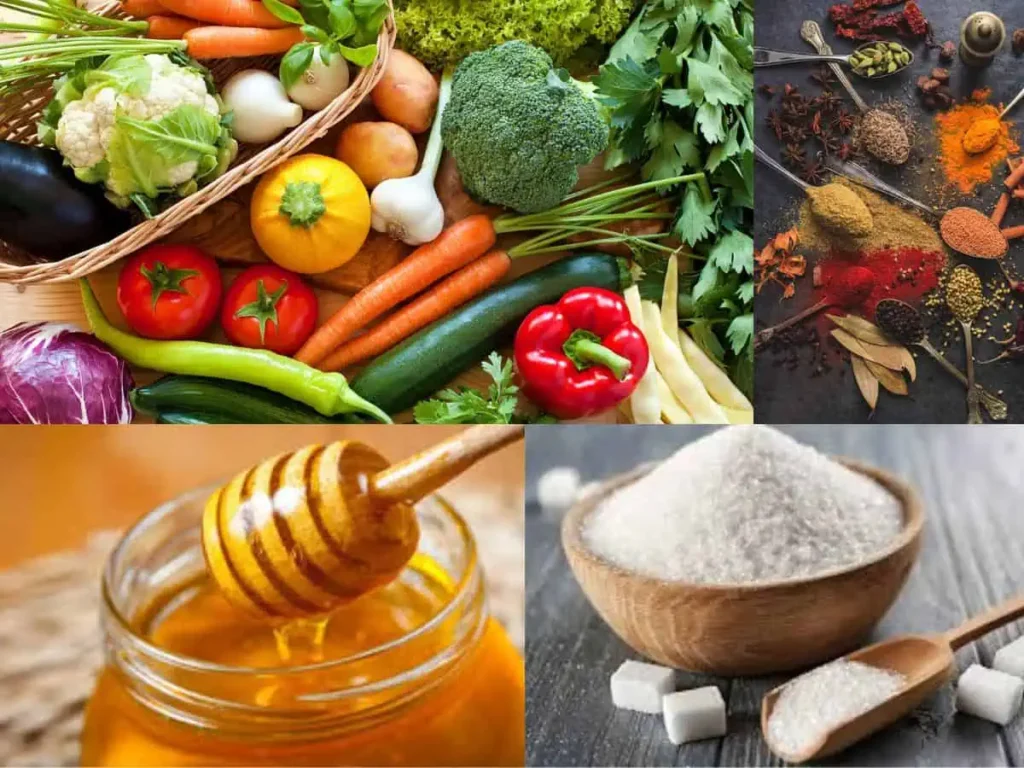
Adulteration in Food Items
Adulteration refers to the practice of intentionally adding harmful, inferior, or substandard substances to food, either to increase the quantity or to reduce the cost of production. These additives may pose serious health risks to consumers. Food adulteration is illegal and is regulated by various national laws, such as the Food Safety and Standards Act in India and the Food and Drug Administration (FDA) in the United States. However, despite these regulations, food adulteration remains a significant concern globally.
Types of Food Adulteration
- Intentional Adulteration:
- Involves the deliberate addition of harmful substances to food to either increase volume or decrease cost.
- Common in both raw and processed foods.
- Unintentional Adulteration:
- Occurs when food becomes contaminated due to poor hygiene, storage, handling, or packaging.
- Can happen during production, transportation, or storage.
Common Adulterants Used in Food
- Milk:
- Water: Dilutes milk to increase volume.
- Starch: Added to thicken milk.
- Synthetic Milk: Made using chemicals like detergent, urea, and starch.
- Honey:
- Sugar syrup: Often added to increase sweetness and weight.
- Glucose: Used as a cheaper alternative to pure honey.
- Spices:
- Lead chromate: Used to give a bright yellow color to turmeric.
- Brick powder or sawdust: Added to chili powder to increase quantity.
- Tea and Coffee:
- Used tea leaves: Reused tea leaves may be coated with artificial colors.
- Starch and artificial color: Added to coffee powders.
- Vegetables and Fruits:
- Artificial colors: Used to enhance the appearance of fruits and vegetables.
- Wax coating: Applied to fruits for a glossy finish.
- Wheat and Rice:
- Stones, glass pieces, or plastic pellets: Sometimes added to increase weight.
- Artificial color: Used to make rice appear whiter.
- Oil and Fats:
- Argemone seeds: Mixed with mustard oil, which can be toxic.
- Vanaspati: Sometimes mixed with natural oils to reduce cost.
- Sweets and Confectioneries:
- Non-edible color: Sometimes used in sweets like jalebi, burfi, etc.
- Stale food: Reused or old ingredients might be found in processed sweets.
Health Risks of Adulterated Food
- Toxicity: Chemicals like lead chromate, used in spices or artificial colors, can cause poisoning and long-term health problems.
- Foodborne Illnesses: Bacteria or pathogens from contaminated food can lead to food poisoning.
- Chronic Diseases: Continuous consumption of adulterated food can lead to diseases like cancer, liver damage, kidney problems, and even infertility.
- Allergic Reactions: Certain food adulterants like artificial colors or preservatives can trigger allergic reactions in sensitive individuals.
How to Detect Adulteration
- Visual Inspection: Look for unusual textures, colors, or foreign particles in food.
- Taste and Smell: Any odd taste or smell may indicate adulteration.
- Chemical Tests: Home-based tests can sometimes detect adulterants, such as:
- Water in milk: Shake the milk and observe if it forms bubbles.
- Starch in sugar: Add iodine solution to sugar; if it turns blue, starch is present.
- Lab Tests: The most reliable method for detecting food adulterants is through laboratory testing.
Preventive Measures and Solutions
- Awareness: Consumers must be educated about common adulterants and ways to detect them.
- Government Regulations: Strict enforcement of food safety standards is essential to curb adulteration.
- Consumer Vigilance: Buying food from trusted sources and verified brands can reduce the risk of consuming adulterated products.
- Labeling and Certification: Clear and accurate labeling of food products can help consumers make informed choices.
Conclusion
Food adulteration is a serious problem that not only compromises the nutritional value and safety of food but can also pose significant health risks. To combat this issue, consumers, food authorities, and businesses must collaborate, ensuring that proper food safety standards are followed and adulterants are minimized.

Leave a Reply